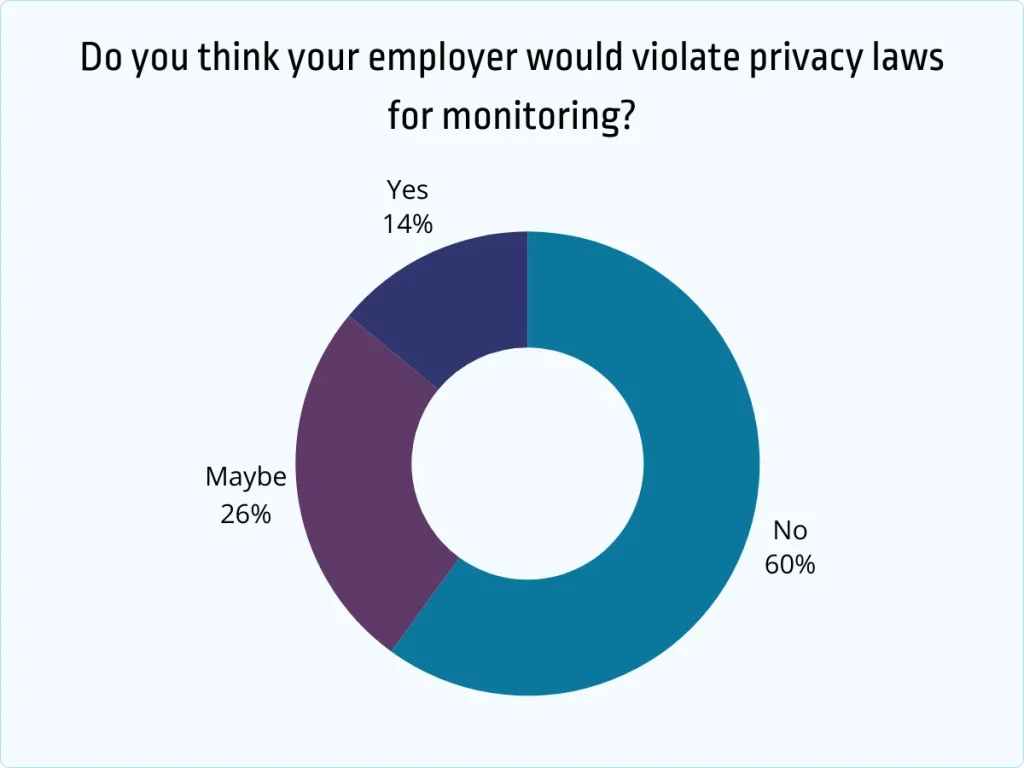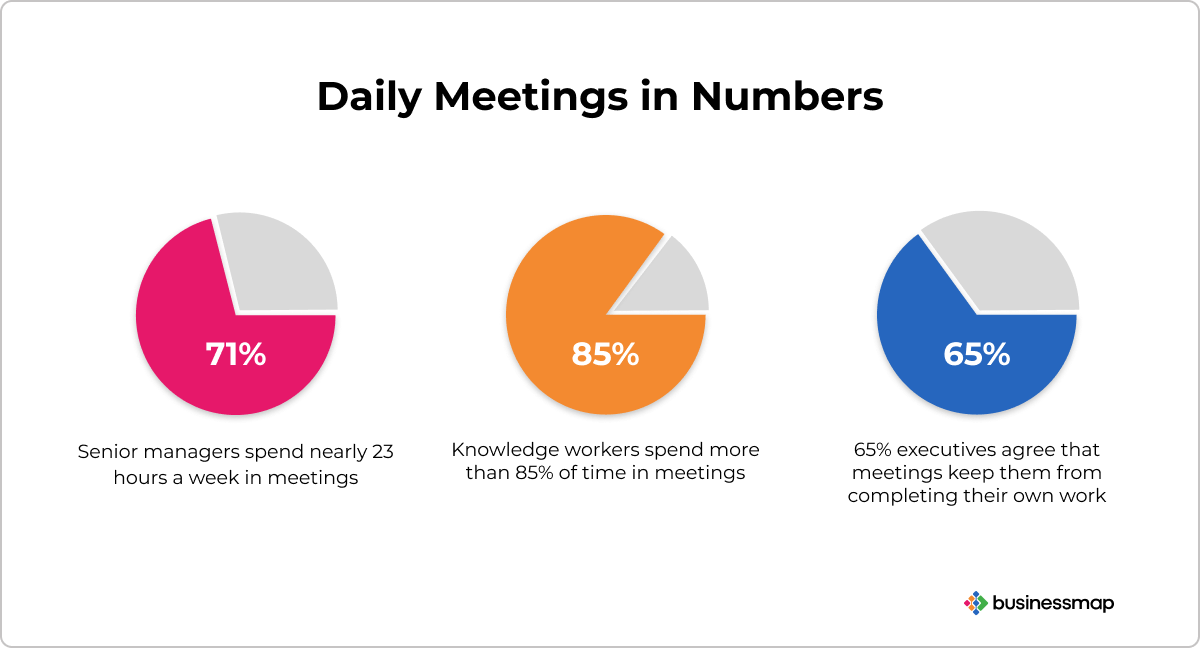By Syed Balkhi
Although it requires striking a balance between productivity and privacy, remote work calls for some form of productivity monitoring. Time tracking, regular check-ins, and performance system implementation are the fitting techniques. But, you need to be cautious and ask for consent when using keystroke logging and screen recording. You must emphasize results, open communication, and employee participation in productivity-tracking policies.
Remote work is very popular these days, especially among startups and small businesses. It promotes flexibility in the workplace, which can boost productivity.
However, just like everything else, it accompanies certain challenges, especially when it comes to ensuring team productivity. Plus, it can be difficult to monitor the performance of your remote team effectively without invading their privacy.
Liberating your teams can make them complacent. You’re not wrong to fear that. You must have certain measures in place to ensure that everyone does their part and helps you keep the needle moving. However, you shouldn’t make your teams feel like you’re constantly looking over their shoulders.
We’re here to help you with that. We help you explore effective methods to track the performance of your teams while making sure that you’re respecting their privacy and building a culture of trust.
Tracking Productivity Without Invading Privacy
Tracking productivity in a remote work environment is difficult, no? No matter which method you choose, you invade your team’s privacy in one way or another.

It’s not the productivity tracking mechanisms that generally cause the problems. It’s how you implement them. There’s a right and a careless way to do things here.
Our job is to share some efficient techniques with you that will help you track your productivity without having to invade your team’s privacy.
1. Active Hours Tracking
Time tracking is a popular choice for productivity monitoring by many remote companies around the globe.
The benefit of using this monitoring tactic is that it helps you see how long tasks actually take, helping with project planning and deadline management. You can also identify team members who are overwhelmed or underutilized. You get valuable insights about how your teams spend time on different projects or tasks.
The disadvantage of using this tactic is that it gives micromanagement vibes. It’s not a good feeling when you think someone is watching over your shoulder all the time.
Suppose you want to track active working hours. By all means, go on. But don’t promote a culture that rewards logging hours rather than actual results. Your goal should not be to track how many hours someone spends at work but to see what they actually accomplish during active hours.
2. Regular Check-Ins
You shouldn’t underestimate effective communication, especially in a remote work setting. Regular check-ins with your teams may prove to be an effective way to keep them aligned and productive.

Implementing a policy of daily stand-ups that last 15 minutes or less can help you stay up-to-date with what everyone is working on, their priorities, and any roadblocks they encounter. When you pair it with weekly team meetings, you create an efficient performance-tracking mechanism.
Aside from evaluating team performance, consistent check-ins foster team unity. Your teams feel linked, which is absolutely crucial to maintaining their morale when working remotely.
Moreover, you can handle problems before they become significant by means of proactive action against obstacles. You can only create a culture of support and cooperation when your team openly shares their progress, obstacles, and workload concerns.
3. Performance Management System
You can have a performance management system in place to assess your team’s productivity. However, for a performance management system to give you promising results, you must set clear expectations and align tasks with key performance indicators to track progress toward goals.
You must provide constructive feedback to your teams and encourage their performance to help them improve without losing morale. It’s more of a long-term approach where you schedule quarterly or annual reviews to discuss team performance, identify areas of improvement, and plan for the future.
You should be transparent with your teams to get the best results. Plus, you must tell them how their work contributes to achieving the company’s goals. A well-thought-out performance management system can help you ensure productivity in a remote work setting without being intrusive.
4. Keystroke Logging
Monitoring output using this method is quite delicate. You track every key pressed by your staff members. Honestly, you should have a compelling reason to proceed with this strategy. Given how very invasive it is, you have to move quite carefully.
If you’re looking into a possible data leak or security breach, then keystroke logging may be a reasonable course of action. But, you should avoid doing so only to monitor the output of your team.

You still need your staff’s permission even if you proceed with it. Furthermore, you have to view it as a temporary performance-tracking tactic. Prolonged use of this method may seriously harm employee morale.
5. Screen Recording
This method is somewhat akin to keystroke logging. Actually, it’s a step forward. Here, you set up a system that either takes screenshots of your team’s screens or randomly records a video.
You have to inform your teams about this and obtain their permission before using the system, much like you do with keystroke logging. But, unless you have a reasonable reason, we advise against such extremes.
It gives a constant surveillance vibe, which undermines trust and raises privacy concerns. If you have to consider implementing such a mechanism, it must follow informed consent and clear justification.
It’s a Wrap
We shared with you five ways through which you can effortlessly monitor the productivity of your remote teams. Some of them may be privacy-invasive. But sometimes, they may be the need of the hour.
The way you balance privacy and productivity when monitoring your remote teams depends on how you implement the productivity tracking mechanism.
You must clearly communicate your expectations and have a constructive feedback mechanism in place. What makes productivity tracking effortless is when you pair the right key performance indicators with tasks. So you don’t have to resort to extreme measures.
Transparency and open communication play a huge role. Even though you resort to privacy-invasive productivity tracking methods, take your team’s consent and involve them in policy development.






































